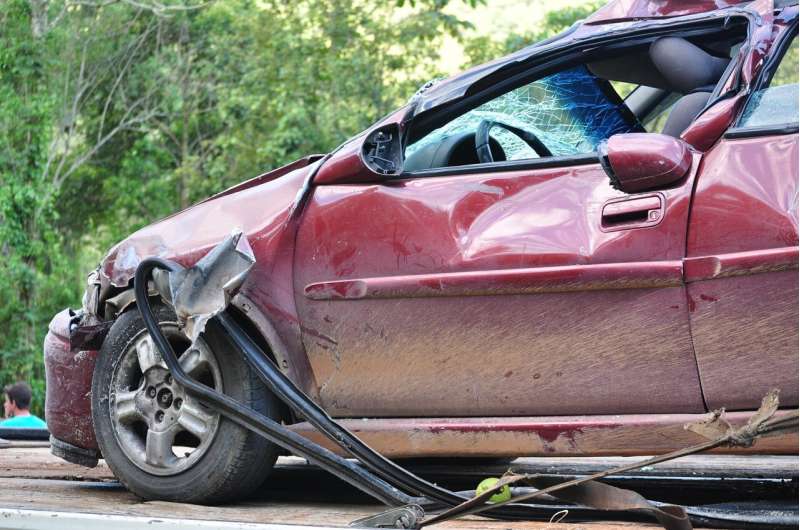Study Highlights Critical Gaps in Child Passenger Safety in U.S. Car Crashes

A new study shows that nearly 70% of children in fatal U.S. car crashes were not properly restrained, highlighting critical safety gaps and regional disparities that need urgent attention.
A recent study published in the journal Traffic Injury Prevention reveals that nearly 70% of children under 13 years old who died in car crashes between 2011 and 2021 were not properly secured with appropriate child passenger restraint systems (CRS). Despite existing national guidelines, state laws, and the well-documented safety benefits of proper car seats and restraints, many children are still being transported in ways that increase their risk of injury or death.
The research analyzed data from the Fatality Analysis Reporting System (FARS), the largest dataset available for crash-related fatalities. It found that 36% of the children involved in fatal crashes had been prematurely moved to less protective restraints, 20% were unrestrained, and 15% were riding in the front seat—a location often associated with increased danger. Alarmingly, 9% of children seated in the front were also unrestrained.
The study highlights that unsafe passenger practices are more prevalent among children aged 4–7 and 8–12, especially when traveling with drivers from under-resourced communities characterized by low Child Opportunity Index scores. These unsafe patterns were also concentrated in 75 geographic hotspots across the country.
Researchers emphasized the importance of targeted interventions, noting that stricter CRS laws and higher fines for violations significantly correlate with safer child transport practices. The study suggests that geographic and policy-focused strategies could effectively prioritize resources and educational efforts in high-risk areas.
Lead author Arthi Kozhumam noted the urgent need for innovative programs to promote consistent and correct use of age-appropriate car seats and restraints. Senior researcher Michelle Macy added that understanding geographic disparities can guide more effective public health interventions, ultimately reducing child fatalities and injuries stemming from car crashes.
Every day in the U.S., an average of three children die and hundreds more are injured due to vehicle crashes, underscoring the critical importance of improving passenger safety practices across the nation.
Source: MedicalXpress
Stay Updated with Mia's Feed
Get the latest health & wellness insights delivered straight to your inbox.
Related Articles
Rising Incidence of Pediatric Injuries from Golf Carts
Pediatric golf cart injuries have increased significantly over recent years, especially among children under 12, prompting calls for enhanced safety measures and awareness.
Innovative, Cost-Effective Biosensor Pill Detects Intestinal Inflammation via Blue Dye Release
A new low-cost, ingestible biosensor pill from researchers at Mass General Brigham and the University of Toronto offers a simple, non-invasive way to detect intestinal inflammation by releasing a visible blue dye, promising better at-home monitoring for IBD patients.
The Hidden Risks of Measles: Beyond the Dangerous Disease
Recent research reveals that measles virus can weaken the immune system by erasing immune memory, increasing vulnerability to other diseases. Vaccination is essential to protect against these broader health risks.
Link Between Urinary Metal Levels and Increased Heart Failure Risk
New research links elevated urinary metal levels to a higher risk of heart failure, highlighting the importance of reducing environmental metal exposure for cardiovascular health.



